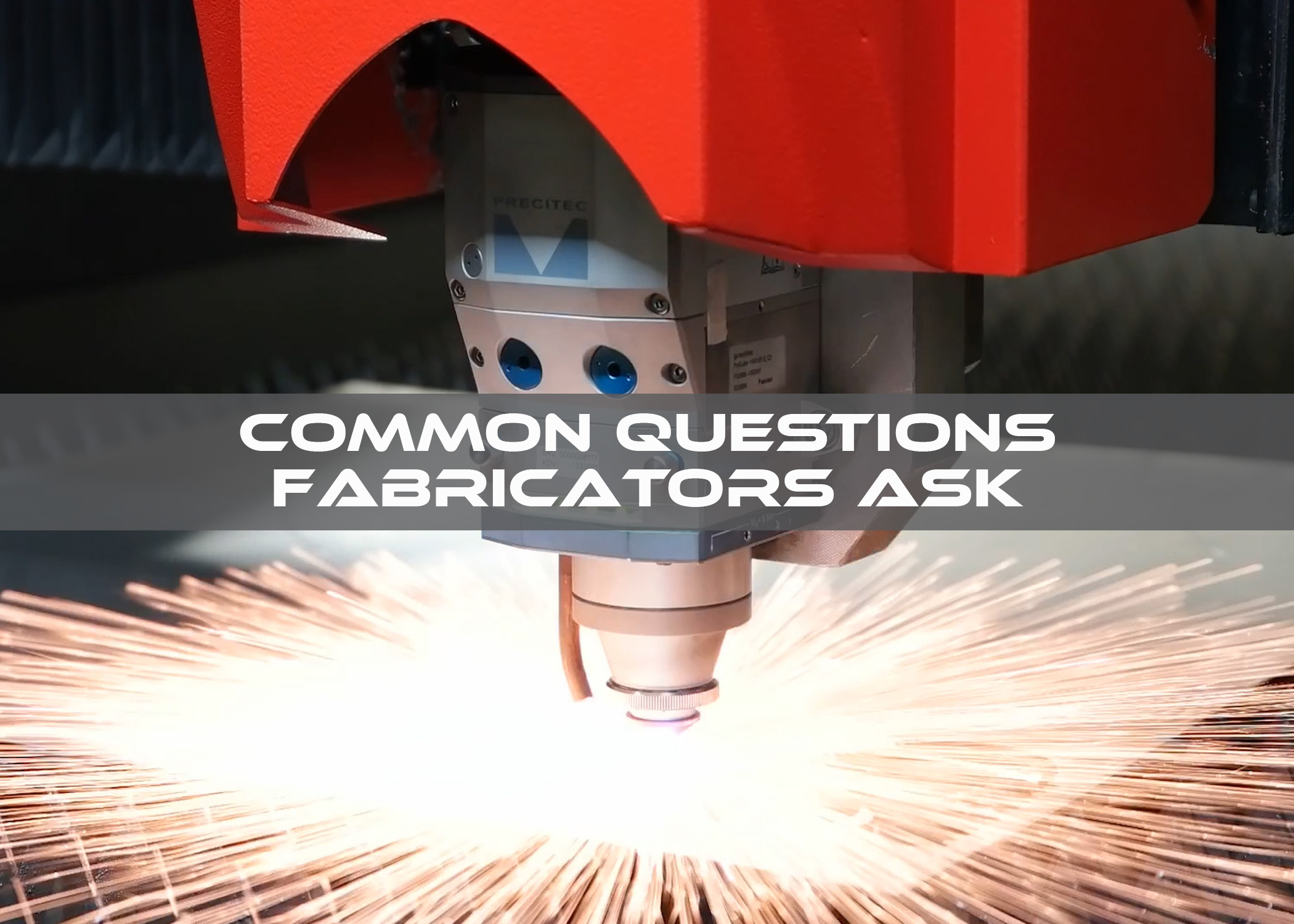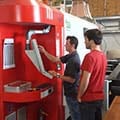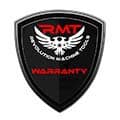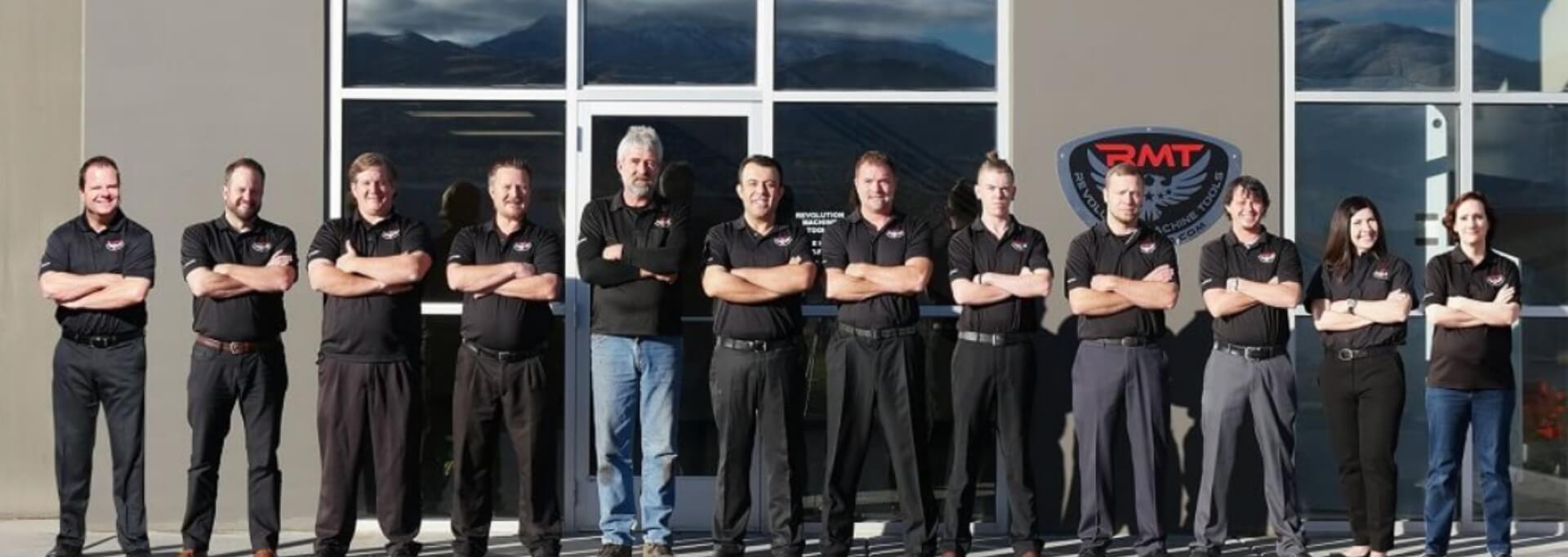Metal fabrication is an essential industry that supports construction, manufacturing, and various industrial applications. Whether a seasoned fabricator or a newcomer to the trade, professionals often encounter questions regarding materials, techniques, and best practices. Here are some of the most common questions metal fabricators ask, along with some answers to each that may help improve efficiency, safety, and overall project success.
What Are the Most Common Types of Metal Used in Fabrication?
Metal fabricators work with a variety of metals depending on the project requirements. The most common include:
- Steel: Offers high strength and durability; used in construction, automotive, and heavy machinery.
- Stainless Steel: Corrosion-resistant and ideal for food processing, medical applications, and architectural projects.
- Aluminum: Lightweight and corrosion-resistant, often used in aerospace, automotive, and marine industries.
- Copper: Conducts electricity well and is used in electrical and plumbing applications.
- Brass and Bronze: Commonly used for decorative and artistic applications due to their aesthetic appeal.
Choosing the right metal depends on the project’s needs, including strength, corrosion resistance, and weight considerations.
What Are the Different Methods of Metal Fabrication?
Metal fabrication involves various processes, each suited to specific applications:
- Cutting: Includes laser cutting, plasma cutting, waterjet cutting, and saw cutting.
- Bending: Achieved through press brake operations or rolling.
- Welding: Common welding techniques include MIG, TIG, and stick welding.
- Machining: Uses CNC (Computer Numerical Control) machines for precise cutting and shaping.
- Punching and Stamping: Creates holes or shapes in sheet metal.
- Assembly: The final step where parts are joined through welding, riveting, or bolting.
Understanding these methods helps fabricators select the right process for each job.
What Are the Best Practices for Cutting Metal Accurately?
Accurate cutting is essential for fabrication projects. Follow these best practices:
- Choose the Right Cutting Method: Use plasma, laser, or waterjet cutting based on precision needs.
- Ensure Sharp Tools: Dull blades reduce accuracy.
- Use Proper Material Handling: Secure the workpiece to avoid movement.
- Check Machine Calibration: Regularly adjust settings for precise cuts.
Adhering to these practices ensures consistency and reduces material waste.
How Do You Prevent Metal Warping During Fabrication?
Warping is a common issue in metal fabrication, particularly during welding. To prevent warping:
- Use Proper Clamping: Secure materials to reduce movement.
- Preheat Metal: Helps control expansion and contraction.
- Use Intermittent Welding: Reduces heat buildup.
- Balance Welding Sequences: Distribute heat evenly across the workpiece.
- Employ Heat Sinks: Absorb excess heat to minimize distortion.
Understanding these techniques ensures high-quality results with minimal rework.
How Do You Choose the Right Welding Technique?
Selecting the right welding technique depends on factors such as material type, thickness, and application:
- MIG Welding (Metal Inert Gas): Fast and efficient, best for steel and aluminum.
- TIG Welding (Tungsten Inert Gas): Provides high precision, ideal for stainless steel and thinner metals.
- Stick Welding (Shielded Metal Arc Welding): Versatile and works well in outdoor or rough conditions.
- Flux-Cored Arc Welding (FCAW): Suitable for thicker materials and high-speed production.
Each welding method has its advantages, and fabricators should choose based on project needs and material compatibility.
How Can You Improve Welding Efficiency?
Improving welding efficiency involves optimizing workflow and techniques:
- Use the Right Welding Equipment: Match the machine settings to the material.
- Optimize Joint Design: Reduce the number of passes required.
- Reduce Welding Defects: Proper technique minimizes porosity and spatter.
- Improve Filler Metal Selection: Choose the right wire or rod for stronger welds.
- Regular Maintenance: Keep equipment in top condition to avoid downtime.
Efficient welding practices lead to better productivity and cost savings.
What Are the Key Safety Measures in Metal Fabrication?
Safety is paramount in metal fabrication. Best practices include:
- Personal Protective Equipment (PPE): Wear gloves, safety goggles, welding helmets, and flame-resistant clothing.
- Proper Ventilation: Welding and cutting produce fumes; ensure adequate airflow.
- Machine Safety: Regularly inspect and maintain equipment to prevent malfunctions.
- Fire Safety: Keep fire extinguishers nearby and follow proper welding precautions.
- Training and Awareness: Regular safety training helps prevent workplace accidents.
By prioritizing safety, fabricators can reduce injuries and create a more efficient workspace.
How Do You Prevent Corrosion in Fabricated Metal Products?
Corrosion can compromise the integrity of metal products. To prevent it:
- Choose Corrosion-Resistant Materials: Stainless steel, aluminum, and coated metals resist rust.
- Apply Protective Coatings: Paint, powder coating, or galvanization provide added protection.
- Use Proper Storage: Keep metals dry and away from moisture.
- Regular Maintenance: Inspect and clean metal surfaces regularly.
Preventing corrosion extends the lifespan of fabricated components.
How Can You Reduce Material Waste in Metal Fabrication?
Reducing waste improves efficiency and cost-effectiveness:
- Optimize Nesting Patterns: Arrange cuts to minimize scrap.
- Recycle Scrap Metal: Use leftover materials in new projects.
- Use Precision Cutting Tools: Reduce unnecessary offcuts.
- Plan Projects Carefully: Reduce errors and rework.
Waste reduction contributes to sustainability and profitability.
What Are the Emerging Trends in Metal Fabrication?
Staying up to date with industry trends ensures competitiveness. Current trends include:
- Automation and Robotics: Increases efficiency and consistency.
- 3D Metal Printing: Allows for complex designs with minimal waste.
- Advanced CNC Machining: Enhances precision and speed.
- Eco-Friendly Fabrication: Sustainable materials and processes are gaining traction.
- Industry 4.0: Digitalization and smart manufacturing improve workflow efficiency.
Adapting to these trends helps fabricators stay ahead in the industry.
Turning Questions Into A Quality Fabrication Shop
Metal fabrication is a dynamic field requiring knowledge of materials, techniques, and industry trends. By addressing common questions, fabricators can improve their skills, enhance efficiency, and ensure high-quality workmanship. Staying informed and adopting best practices leads to safer, more productive, and successful fabrication projects.
